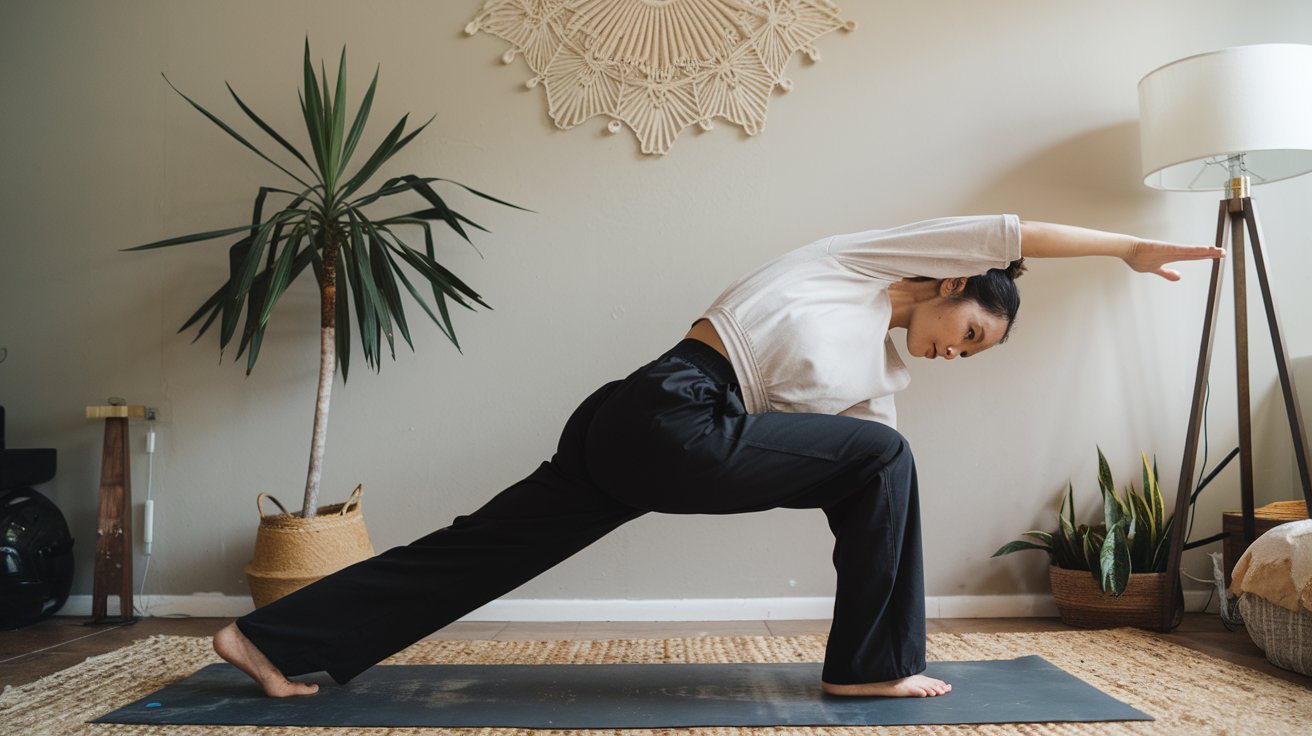
Researchers at the University of Sydney have discovered that standing for extended periods may not offer the heart health benefits previously believed. The study, which analyzed data from about 83,000 adults from the U.K. Biobank, reveals that standing more does not improve heart health compared to sitting over the long term. Instead, standing for more than two hours a day can increase the risk of orthostatic circulatory diseases.
The research team led by Matthew Ahmadi, PhD, found that standing in excess of two hours daily is linked to higher risks of circulatory issues, such as deep vein thrombosis and varicose veins. Dr. Ahmadi noted his surprise at these findings, considering previous studies suggesting standing was healthier than sitting.
“Standing is better than sitting, and to optimally improve heart health and prevent circulatory conditions, it’s important to mix in physical activity and to get ourselves moving.” — Matthew Ahmadi, PhD
Dr. Ahmadi recommends integrating walking and other forms of movement into daily routines for better heart health. The study suggests people limit standing to two-hour intervals and incorporate physical activity before or after these intervals to minimize potential risks.
“To optimize heart health, a person should mix standing with periods of walking and moving about. Mixing in physical activity such as taking the stairs or a walk around the block.” — Matthew Ahmadi, PhD
The researchers utilized accelerometer data to measure how much time participants spent sitting and standing each day. The study did not find any association between sitting and orthostatic incidence risk. However, sitting for more than ten hours daily may increase the risk of both cardiovascular disease and orthostatic circulatory disease.
Christopher Yi, MD, shared insights on the implications of prolonged standing.
“I had seen the previous studies about standing is more healthier than seating, and so I was surprised to see that standing is not as healthy as we were led to believe.” — Christopher Yi, MD
“(The study shows) that you start having increased risk after standing more than two hours a day — that’s what’s associated with higher risk of orthostatic circulatory diseases.” — Christopher Yi, MD
Dr. Yi echoes the study’s recommendations, advocating for a maximum of two-hour standing intervals interspersed with active movement.
“And so what (the researchers) recommend is a maximum of two-hour intervals. And usually, they recommend between those or before these two-hour intervals to be active with movement, so not just the stationary standing.” — Christopher Yi, MD
Gentle Reminder: This article is not intended as a substitute for professional medical advice. Always seek appropriate medical assistance when necessary.
Featured Image made on Ideogram





Leave a Reply